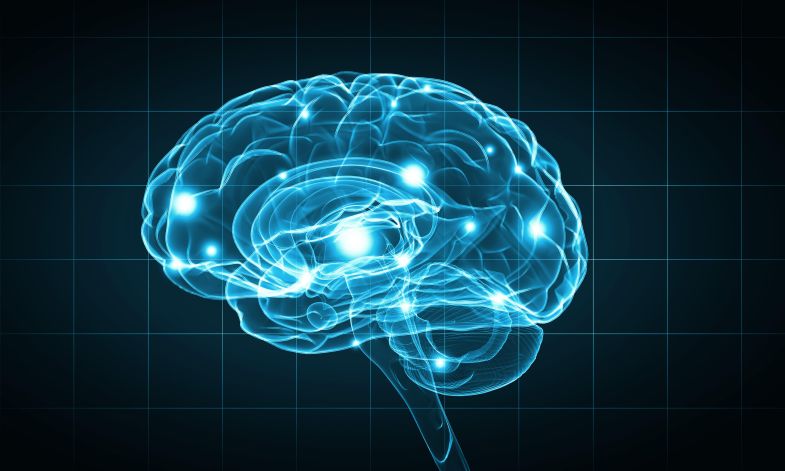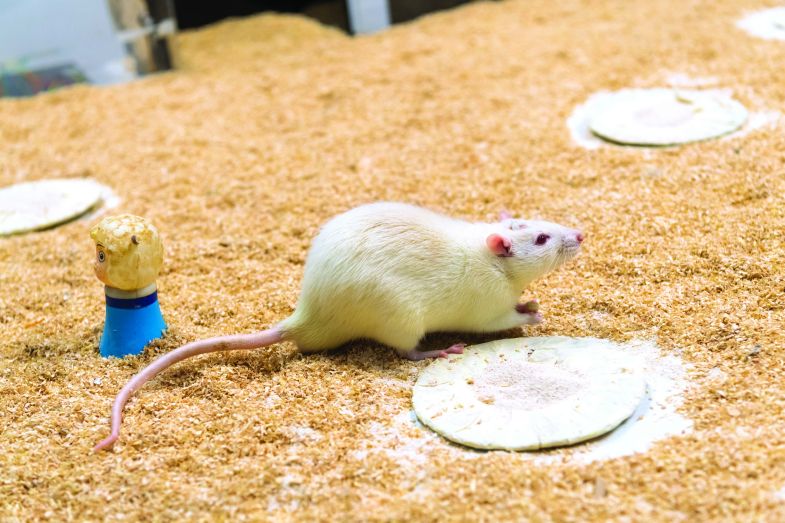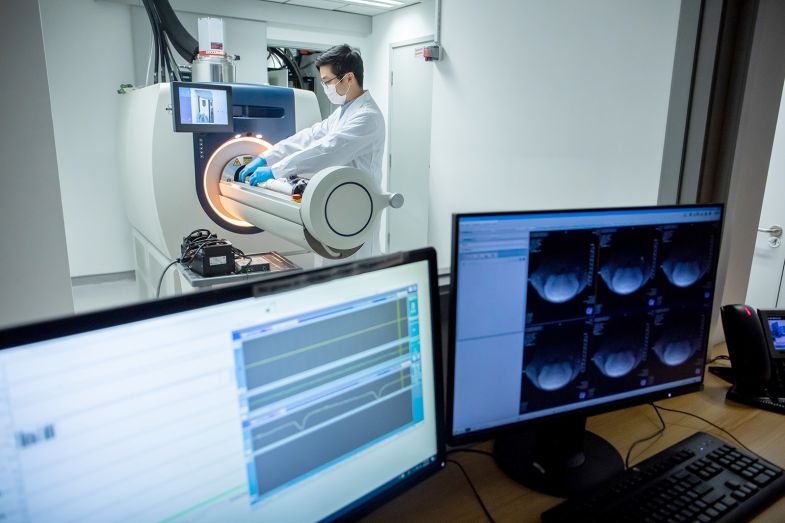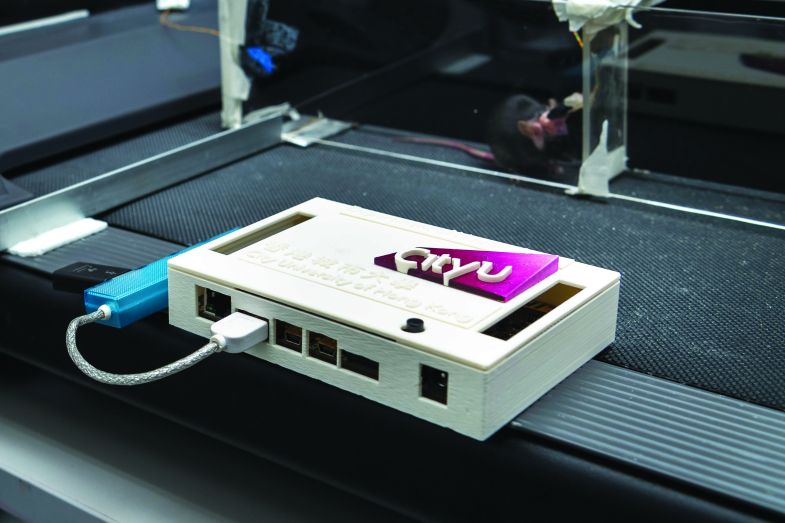Understanding human capacity and potential entails unlocking the organ that powers all human functions—the brain. At CityU, neuroscience is an increasingly thriving field, regularly uncovering one discovery after another. Research in this area has gained significant traction over the years thanks to concurrent growth in medical technology. More and more questions are asked about the connections between the human mind and our biological processes and the ways through which these discoveries can be translated into life-transforming medical interventions.

From memory formation to treatment for brain disorders
How memories are formed is a fundamental question for neuroscientists. Studies by Professor He Jufang, Wong Chun Hong Chair Professor of Translational Neuroscience, have shed light on the crucial role of a key neuromodulator called cholecystokinin (CCK) in memory forming in the neocortex. As a result of the discovery of CCK’s functions, Professor He is developing a treatment strategy to alleviate epilepsy, tinnitus, Alzheimer’s disease, and other brain disorders.
By investigating the chemical composition of dozens of neurotransmitters and neuromodulators in the medial temporal lobe, Professor He and his team have discovered that CCK is crucial in switching on memory writing in the neocortex. In particular, they can see how memory is encoded and how visual and auditory inputs are associated.

Subsequently, they found that the N-methyl-D-aspartate (NMDA) receptor, which was once widely recognised as the most important receptor in mediating the formation of memory, actually controls the release of CCK and that it is CCK that induces long-term synaptic plasticity, enabling memory formation.
While their discovery is about memory formation, its implications and application potential extend further. “Epilepsy and many neurodegenerative diseases, such as Alzheimer’s, are strongly associated with synaptic plasticity in the brain,” said Professor He. “Our findings on the relationship among CCK, LTP and synaptic plasticity provide a theoretical basis for developing treatments for brain diseases.”
New imaging method for early Alzheimer’s disease detection

A non-invasive and cost-efficient alternative for assessing the glucose uptake and clearance in the glymphatic system allows for the early detection of Alzheimer’s disease, helping patients get the necessary treatment about 10 years before symptoms appear.
In collaboration with Johns Hopkins University in the US, Dr Kannie Chan Wai-yan Associate Professor in CityU’s Department of Biomedical Engineering, and her research team have developed an innovative molecular imaging approach based on Chemical Exchange Saturation Transfer MRI (CEST MRI). The experiments were carried out using CityU’s 3T MRI animal scanner—the only one of its kind in Hong Kong— which revealed changes in the lymphatic system that are unique to Alzheimer’s disease. As the new imaging method is compatible with most MRI machines, more doctors are empowered to provide earlier diagnosis and interventions for patients with this degenerative disease.
The research was published in Science Advances.
Novel Neural Prosthetic Devices for Neurodegenerative Diseases

Patients suffering from spinocerebellar ataxia (SCA) and Parkinson’s disease (PD), two incurable neurodegenerative diseases, often experience problems with movement and motor coordination. Dr Eddie Ma Chi-him, Associate Head and Associate Professor in the Department of Neuroscience and Director of the Laboratory Animal Research Unit (LARU) at CityU, is currently developing novel neural prosthetic devices that could improve patients’ motor symptoms and improve their quality of life.
Neurodegenerative diseases occur when neurons in the brain or peripheral nervous system lose function over time and ultimately die. Dr Ma, who specialises in the intrinsic molecular machinery for central and peripheral nervous system regeneration after injury, has adopted a multi-disciplinary approach spanning electrophysiology, molecular biology, anatomy, animal behaviour and genetics, and is working on advancing deep brain stimulation treatment strategies to better assist patients with SCA or PD.

































